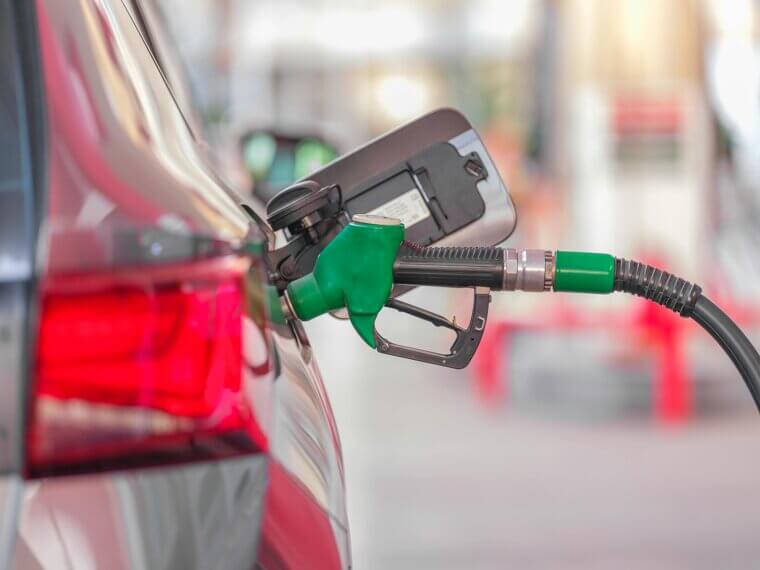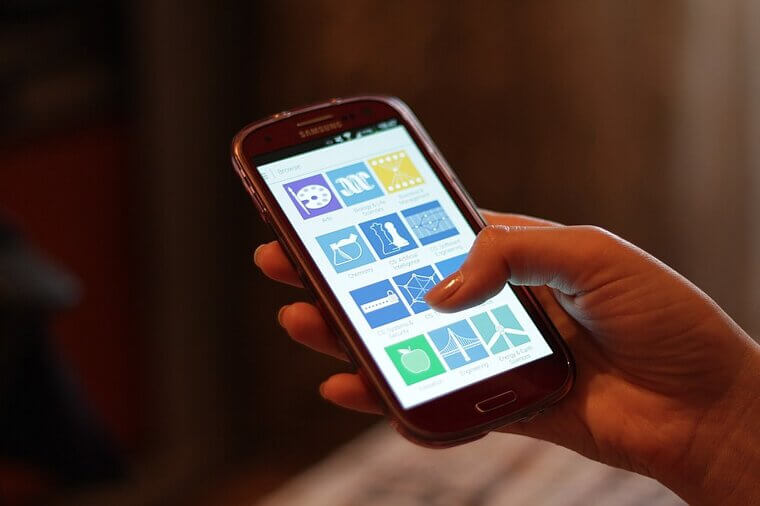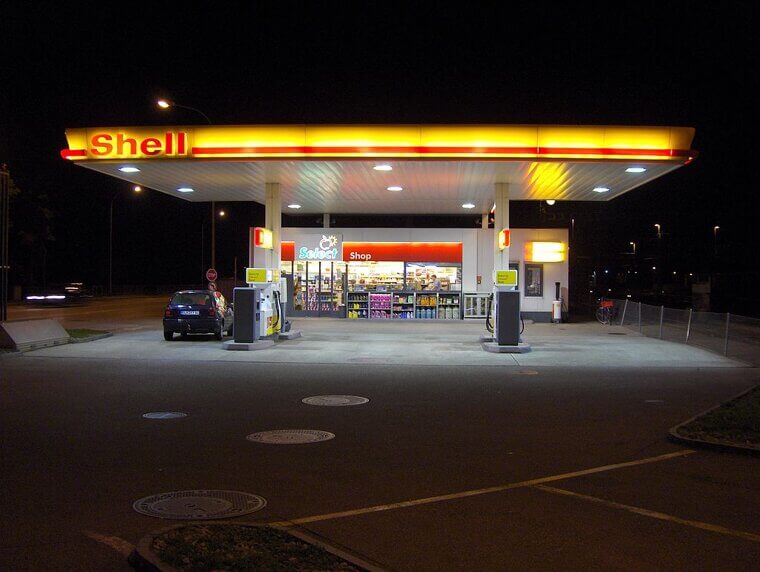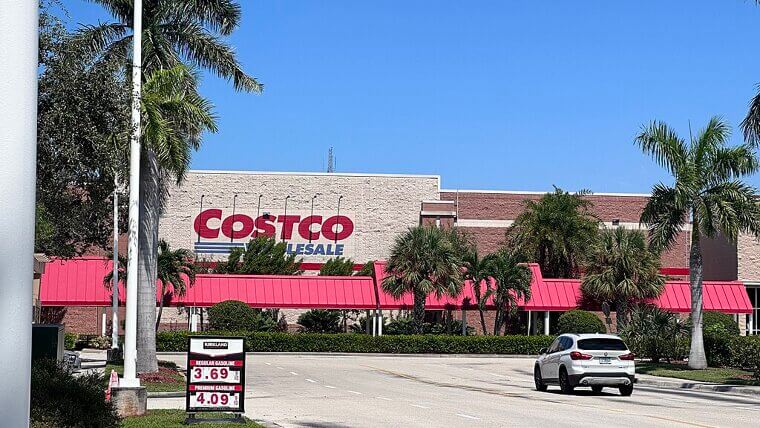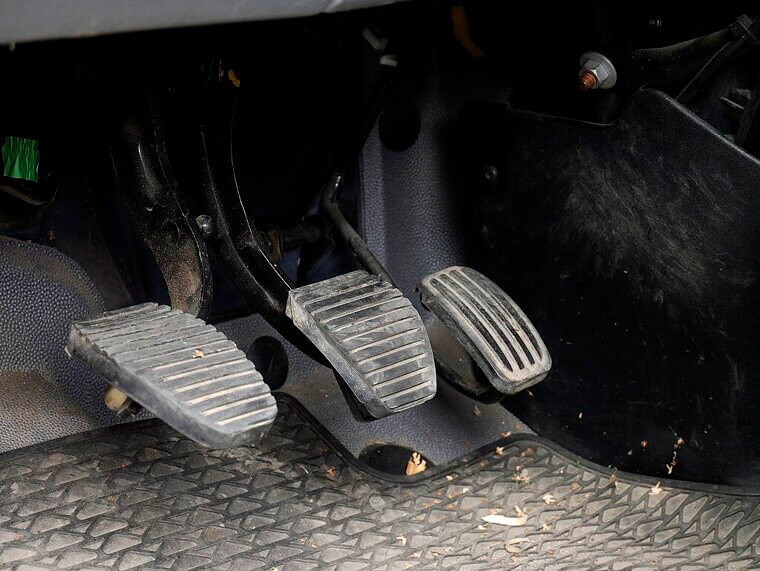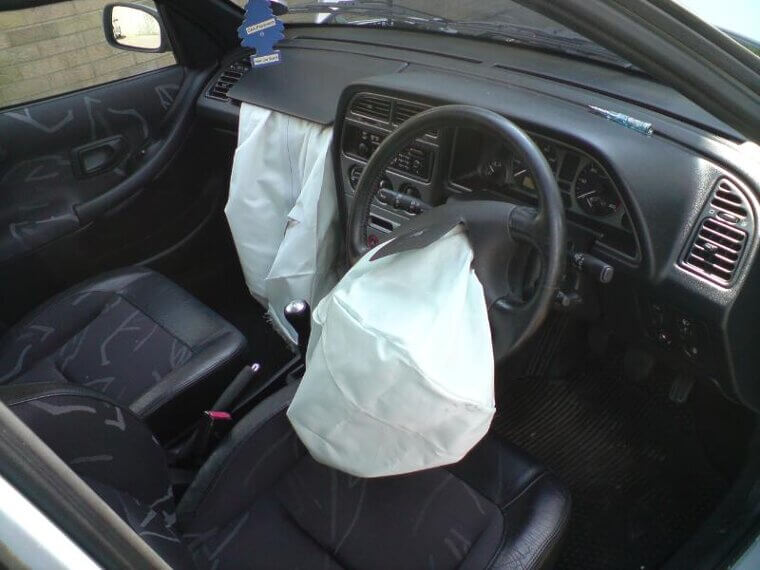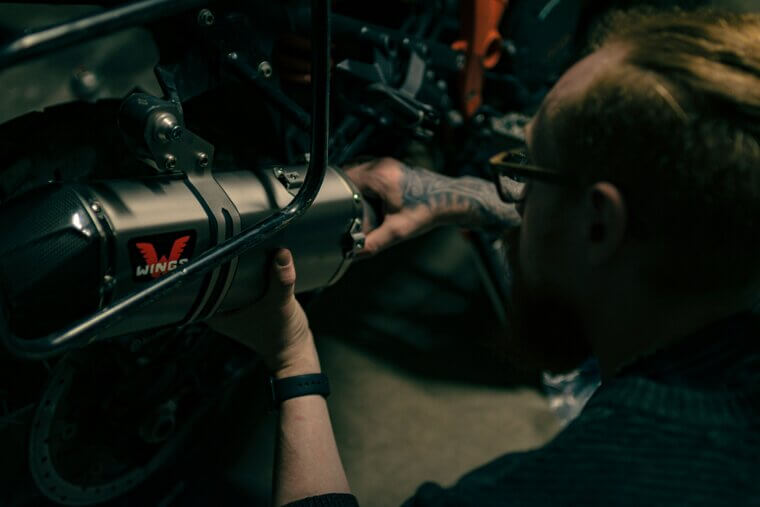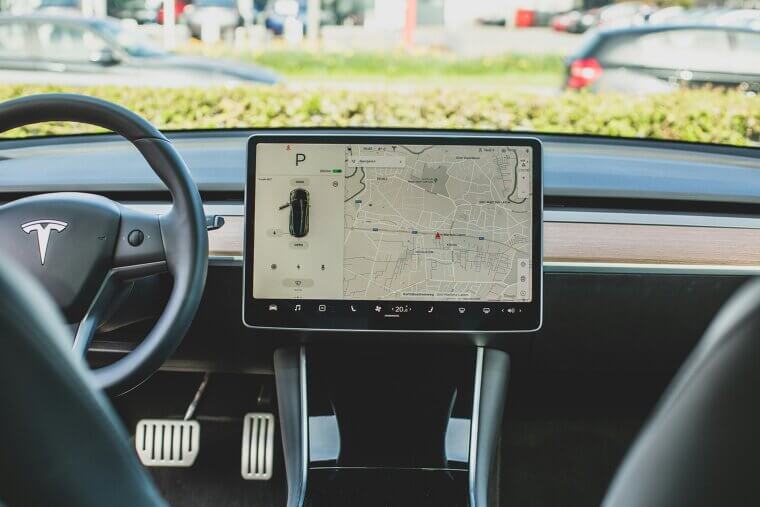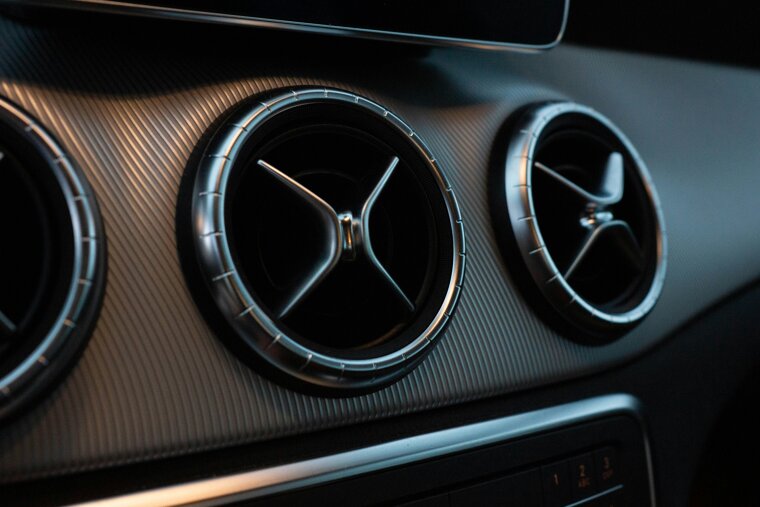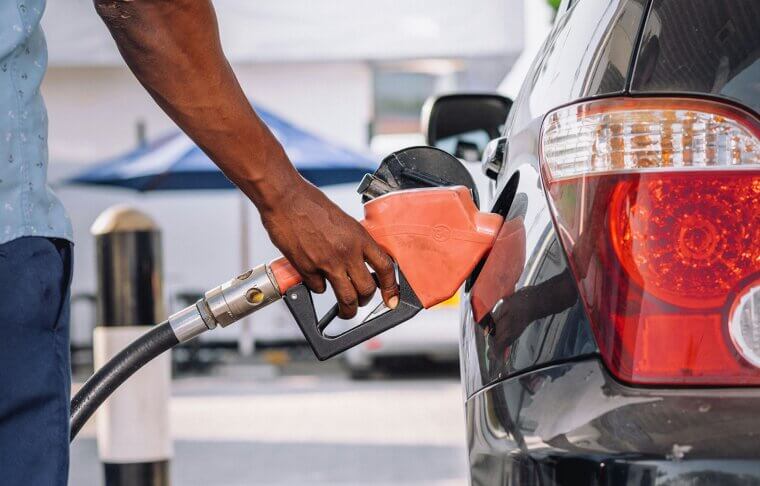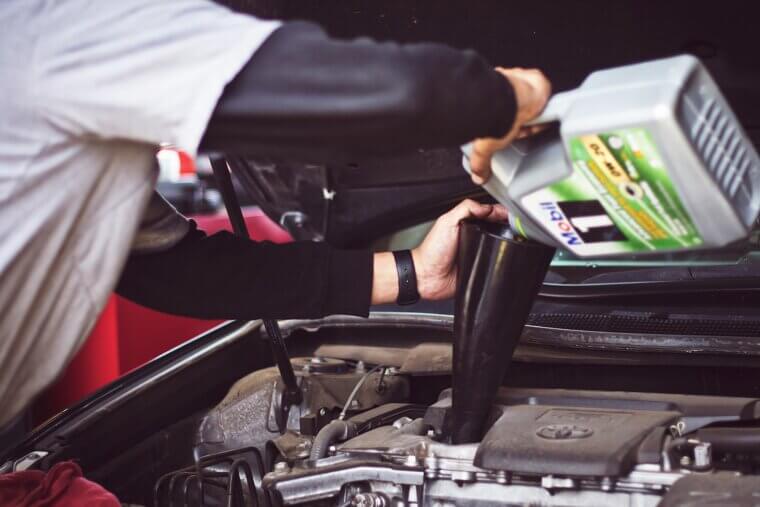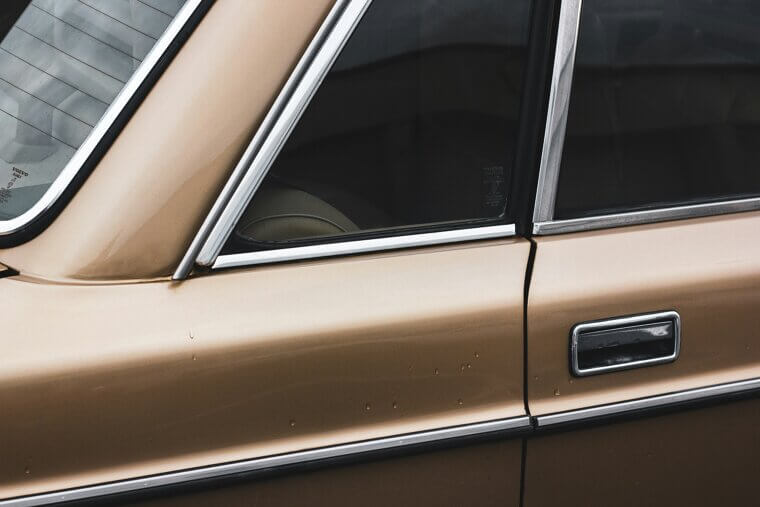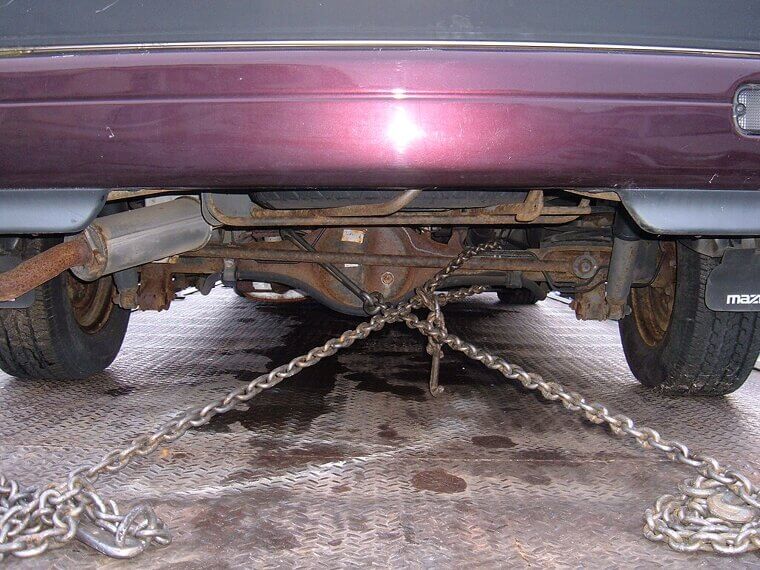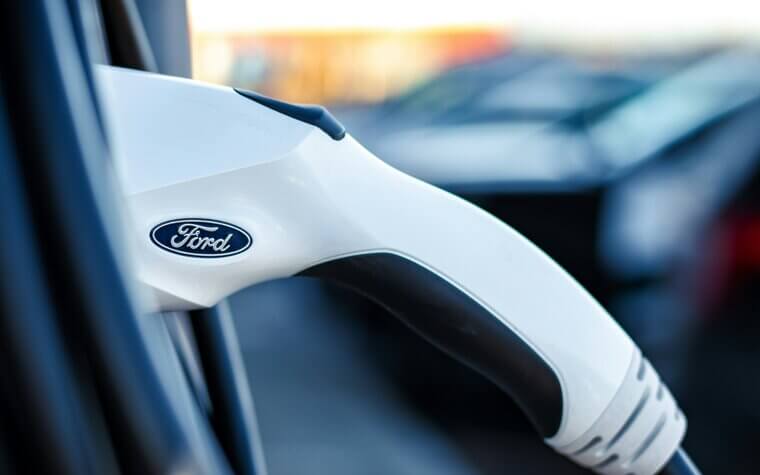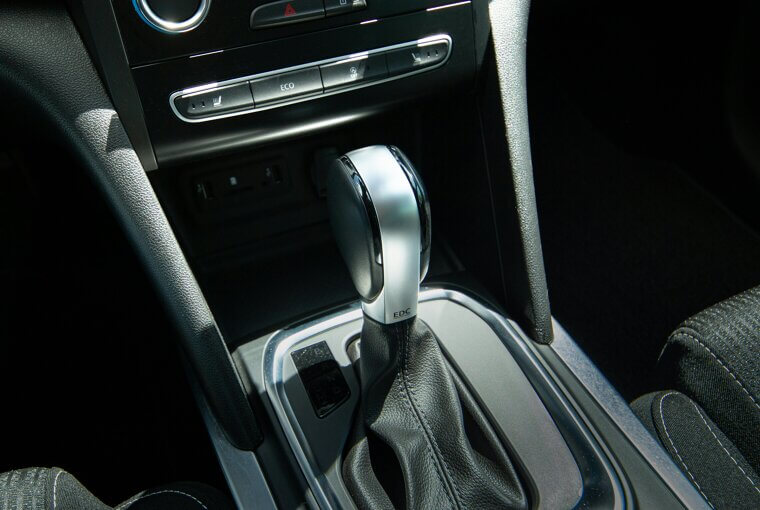How to Save Money on Gas: 19 Tips That Actually Work
When gas prices go up, your wallet cries - but you don’t have to take it lying down. With just a few smart moves, you can stretch every gallon, and keep more cash in your pocket. From cards to car care, here are 19 savvy ways to save money on gas without sacrificing your drive.
Use a Gas Rewards Credit Card
Swipe smarter! Gas rewards credit cards offer cashback or points every time you fill up. Some cards give 3-5% back on gas purchases, which adds up fast. Just make sure to pay off the balance each month, or interest charges will eat up those savings like a Hummer in a traffic jam.
Download a Gas App
Apps like GasBuddy, Waze, or Upside show you real-time gas prices nearby, helping you find the cheapest pump in town. Some even offer extra discounts or cashback. Just open the app before you drive (not while you’re behind the wheel!) and steer toward those savings like a pro navigator.
Use Fuel Rewards Programs
Many stations offer free loyalty programs that shave a few cents off per gallon. Shell’s Fuel Rewards or Exxon’s Rewards+ are just two examples. Stack them with credit card rewards or app deals and boom - it’s a triple threat to high prices. It’s free to join and worth the sign-up.
Earn Discounts When You Grocery Shop
Some grocery chains (like Kroger or Safeway) partner with gas stations. Spend money on groceries, and earn points toward discounted fuel. It’s a no-brainer if you’re already shopping there, and it turns your pasta night into a penny-saving powerhouse at the pump.
Join a Membership Club
Warehouse clubs like Costco or Sam’s Club offer lower fuel prices for members. Their gas stations are often a few cents cheaper per gallon, and over time, that can cover the cost of your membership. You can even stock up on snacks while you’re there - fuel for you and the car!
Drive Less
Obvious? Sure. Effective? Absolutely. Combine errands into one trip, carpool when possible, and consider walking or biking short distances. Every trip you skip is gas you don’t use… and money you don’t burn. Less time in traffic equals more cash in your pocket. It’s a win all around.
Stop Idling
Idling burns fuel while doing literally nothing. If you’re waiting more than 60 seconds, it’s better to turn off the engine. Today’s engines don’t need to “warm up” like old ones did, so skip the long idle at the drive-thru or school pickup line; your tank (and lungs) will thank you.
Drive Safely
Fast starts, sudden stops, and aggressive driving guzzle gas. Smooth acceleration and gentle braking improve fuel efficiency, and keep you safer on the road. Think of your gas pedal as a bank account: slow, steady withdrawals keep the balance high. Plus, your passengers will enjoy the ride more, too.
Choose the Right Vehicle
Don’t use a gas-guzzling pickup for every little task. If you have access to multiple vehicles, pick the most fuel-efficient one for errands. No need to fire up the V8 just to grab a loaf of bread; matching the vehicle to the trip is a subtle but effective money-saving move.
Regular Maintenance
A well-tuned engine runs more efficiently. Check your tire pressure, change your oil, and replace air filters when needed. Neglecting maintenance makes your car work harder, and burn more fuel. Think of it like a fitness plan for your ride: keep it healthy, and it’ll sip instead of chug.
Map Fuel-Efficient Routes
Shortest doesn’t always mean cheapest. Use navigation apps that factor in traffic and terrain to map out the most fuel-efficient route. Avoiding hills, stop-and-go traffic, and detours can save you a surprising amount of gas. A smoother journey means less idling, fewer stops, and more money staying snug in your wallet.
Use Air Conditioning Wisely
AC is a gas-thirsty luxury. At lower speeds, open windows might be more efficient. But on highways, windows up and AC on low is usually better for aerodynamics. The key is to use it sparingly. Don’t crank the cold unless you need it, or your engine will be working overtime… and over-budget.
Choose the Right Gas
Premium doesn’t mean better, unless your car specifically requires it. Using higher-octane fuel in a car designed for regular gas is like feeding filet mignon to a goat; you’ll just waste money with no performance boost. Check your manual and only upgrade if it says “required,” not just “recommended.”
Use the Recommended Motor Oil
Your engine’s efficiency depends partly on what it’s swimming in. Using the manufacturer’s recommended grade of motor oil reduces friction, improves performance, and helps your engine sip instead of guzzle. Thicker or thinner oil can mess with your fuel economy - and nobody wants that. Stick with what your engine loves.
Maintain a Steady Speed
Speed demons pay more at the pump. Constantly accelerating and braking burns more fuel than maintaining a consistent pace. Use cruise control when possible (especially on highways) to keep your speed even and efficient. Your gas tank - and your stress levels - will both last longer.
Keep Your Windows Up
At higher speeds, open windows can create drag, reducing your car’s aerodynamics and increasing fuel consumption. If you’re cruising on the freeway, roll those windows up and enjoy the quiet - or at least less wind resistance. For ventilation, try the fan instead. Less drag equals more miles per gallon.
Limit What You Tow or Carry
Excess weight is the enemy of fuel efficiency. Roof racks, cargo carriers, and heavy gear all make your engine work harder. Remove what you don’t need and only tow when necessary. Think of it as putting your car on a diet; the lighter the load, the better the mileage.
Keep Hybrid Vehicles Fully Charged
Plug-in hybrids are most efficient when they’re topped off regularly. If you don’t charge them, they rely more on the gas engine, which defeats the purpose. Make a habit of charging overnight or whenever it’s parked for long periods. A charged battery saves gas, and makes your hybrid happy.
Use Economy Mode
If your car has an “Eco” or “Economy” mode, use it! This feature adjusts throttle response and transmission behavior to prioritize fuel efficiency. It might feel a little less zippy, but it’s worth it when you see the difference at the pump. It’s like putting your car on a budget-friendly autopilot.

